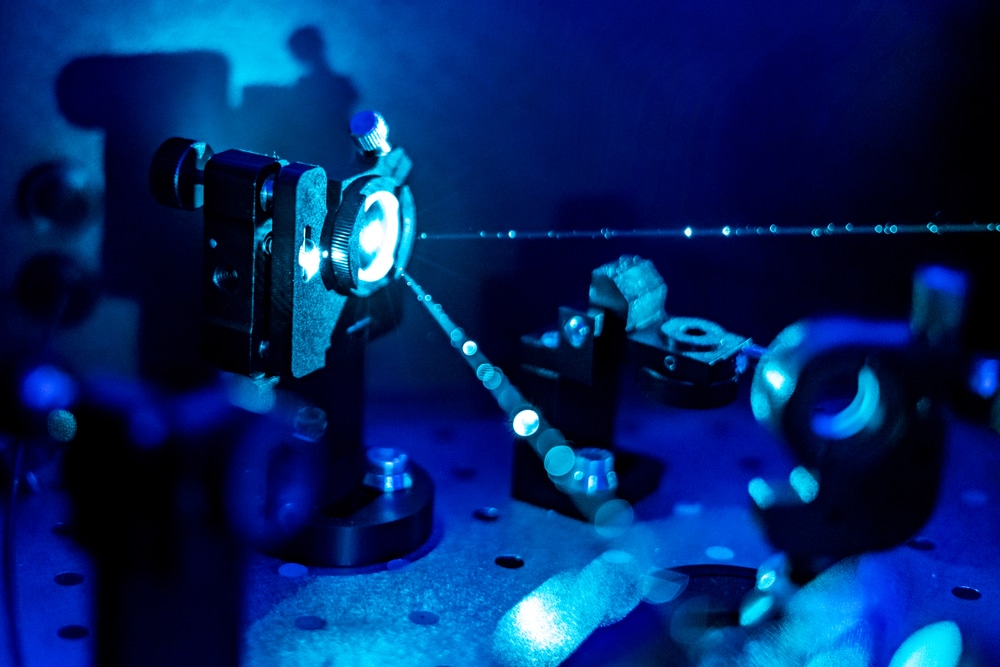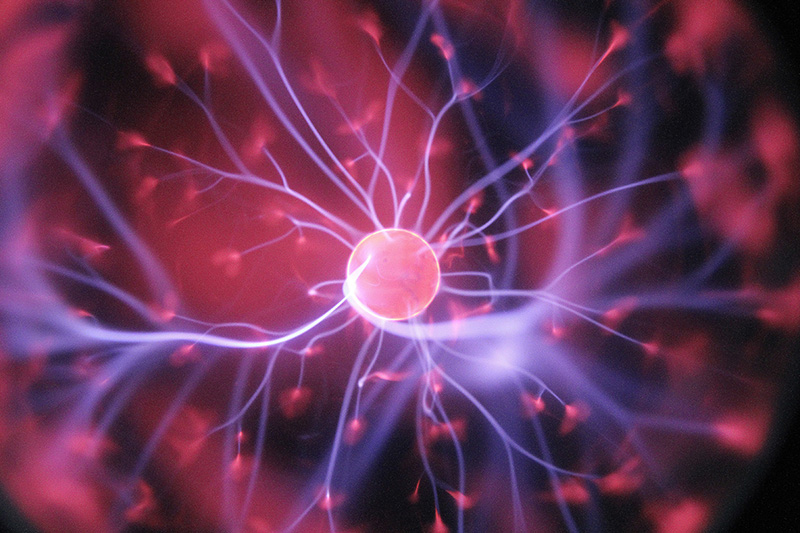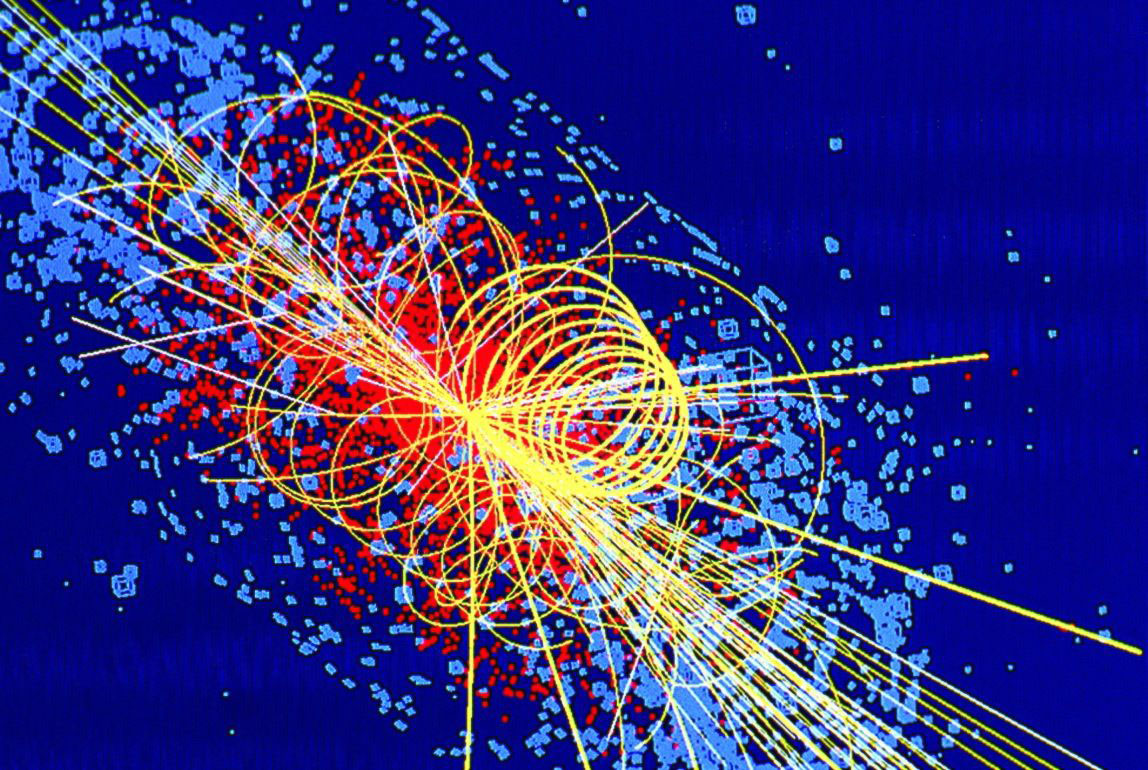Physics
| Department of Engineering Physics |  |
 |
| Department of Engineering Physics |
The field of Engineering Physics prepares students to use physics in addressing engineering challenges and to apply engineering principles to answer physical questions. Engineering Physics focuses on demonstrating and developing mutual understanding between problem-solving, mathematics, and physics within engineering. This field involves the use of mathematical and computational problem-solving techniques to model physical applications in engineering. With all these interpretations, the fundamental difference between Engineering Physics and other engineering disciplines is that Engineering Physics students study advanced physics topics, especially quantum mechanics and statistical mechanics, similar to physics majors.
Students in Engineering Physics complete a project, which includes a written report and participation in seminars, as well as research and design work under the guidance of a faculty member during their course.
Upon successful completion of the Bachelor's program, students in this field are expected to:
1. Have a solid understanding of fundamental principles of physics.
2. Apply their knowledge of physics in practical engineering situations.
3. Develop appropriate computational skills, and...
Ultimately, Engineering Physics allows students with an interest in both physics and engineering to focus their studies in the common areas of these disciplines and prepares them for careers in industry after graduation.
 |
Department of Optics and Laser Physics |
 |
| Department of Optics and Laser Physics |
In today's world, there is rapid and accelerating growth in technologies related to the science and art of light, including optical, electro-optical, laser, and photonics technologies. The diverse sciences and applications of these technologies have led advanced industrial countries to make substantial investments in this field to maintain their economic position and global scientific and technical expertise. These investments encompass the technology development and manufacturing of various types of lasers, optical instruments, and photonic detectors, as well as the establishment of scientific and specialized infrastructures.
Some applications of optics and lasers include:
1. Communications: Enhancing the speed and efficiency of optical networks.
2. Industrial Design and Production: Cutting, engraving, layering, and material processing.
3. Medical: Preclinical research, tumor detection, imaging, and neural monitoring, among others.
4. Education and Research: As a foundational technology for various other fields.
The continued advancement in these technologies has far-reaching implications across numerous industries and scientific disciplines, making optics, lasers, and photonics key drivers of progress in the modern world.
|
Department of Plasma Physics |
 |
 |
| Department of Plasma Physics |
Plasma physics is a branch of physics that focuses on the study of the physics and technology of the fourth state of matter, which is plasma. It's worth noting that over 99% of the known matter in the universe exists in the natural state of plasma. This includes regions such as the Earth's ionosphere, the phenomenon of auroras, solar winds, the solar and stellar atmospheres, interstellar and intergalactic gas clouds, and more.
In addition to natural plasmas, artificial plasmas have a wide range of applications in various fields. For instance, the gas inside fluorescent lamps or neon lights, the exhaust gases of rockets and satellites, extremely hot flames, plasma jets, and plasma samples created in laboratories are all examples of artificial plasmas. Artificial plasmas find extensive applications in the medical industry, plasma display panels, plasma thrusters for rockets and satellites, military applications, plasma antennas, nuclear fusion, plasma welding, plasma spraying, automotive industries, cleaning and sterilization, plasma accelerators, laser-matter interactions, and more.
The wide-ranging applications of plasma have led to close connections between this branch of physics and various other fields such as meteorology, industries, astrophysics and cosmology, particle physics, nuclear physics, laser physics, medical physics, and many others.
 |
Department of Elementary Particle Physics and Field Theory |
 |
| Department of Elementary Particle Physics and Field Theory |
The field of Particle Physics and Field Theory is dedicated to the study of the fundamental laws of physics at subnuclear and high-energy scales. This branch of physics delves into the investigation of matter in its most fundamental state, consisting of the smallest building blocks known as elementary particles. Particle physicists explore the evolution and theoretical testing of models that describe such particles. Essentially, all other laws of physics are derived from theories in this domain. The most successful theory in this regard is called the "Standard Model."
One of the most prominent research centers in the field of particle physics is the Large Hadron Collider (LHC), located at CERN in Switzerland. Thousands of theoretical and experimental physicists collaborate at CERN to explore the mysteries of particle physics.
Particle physicists can be broadly categorized into two groups: theoretical particle physicists and experimental particle physicists.
1. Theoretical Particle Physicists: These physicists utilize quantum theory and the Standard Model to predict the outcomes of experimental tests. They work on developing and refining theoretical models to explain the behavior of elementary particles.
2. Experimental Particle Physicists: Experimentalists, on the other hand, are often involved in the setup of experiments, devising innovative measurement techniques, conducting experiments, and analyzing data. They play a crucial role in testing and validating theoretical predictions through empirical observations.
Together, both theoretical and experimental particle physicists contribute to our understanding of the fundamental constituents of matter and the underlying laws of the universe. The collaboration between these two groups is essential for making advancements in this field.